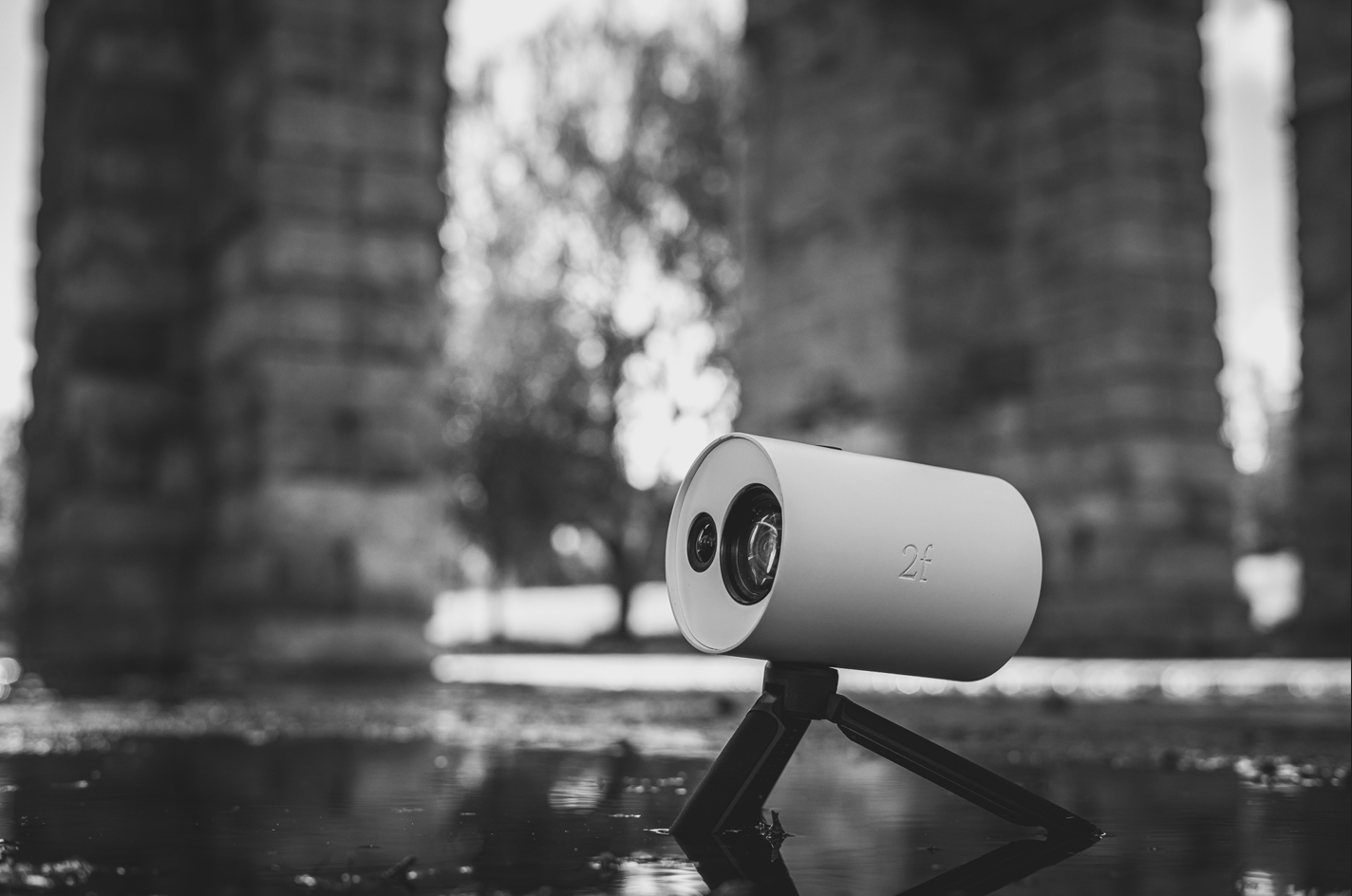
From TLS LiDAR to Videogrammetry: The Paradigm Shift Begins with 2fSLAM
Case Study: Tunnel Geometric Monitoring with 2fSLAM
This case study analyzes the application of the 2fSLAM 3D scanner by 2Freedom Imaging (an image-only-based scanner) for the daily geometric monitoring of a tunnel under construction. The main objective was to scan 150 meters of tunnel per day with sub-centimeter accuracy, in the shortest possible time, and with processing that would allow quick quality validation without delaying construction progress.
Previous Situation and Limitations
Initially, the client used a high-precision static laser scanner (TLS LiDAR), which had to be positioned at multiple locations along the tunnel. This process, in addition to being costly and time-consuming, had inherent limitations due to the tunnel’s irregular morphology (coated with shotcrete), resulting in hidden zones that remained unscanned. Despite using a common reference system with targets, the semi-automatic alignment process still required manual intervention to ensure correct merging of the different point clouds. As a result, data capture and processing were slow and prone to accumulated alignment errors that needed to be manually checked.
Implementation of the 2fSLAM Scanner System
To address these limitations, the 2fSLAM system—an advanced videogrammetric camera developed by the Spanish company 2Freedom Imaging—was introduced. This system integrates three sensors: a high-resolution camera with Global Shutter for distortion-free image capture during movement, a Visual SLAM camera, and an Inertial Measurement Unit (IMU).
Historically, videogrammetry has not yielded good results mainly due to suboptimal image selection, typically based only on time or distance. This led to trajectory breaks or frame accumulation in certain areas, resulting in inaccuracies. On the other hand, sequential photogrammetric processing has not been properly addressed by existing software. Thanks to the algorithms developed by 2Freedom, the software optimizes image selection from video sequences, overcoming these historical limitations in infrastructure environments.
In this case study, the operator placed targets on both sides of the tunnel, spaced approximately every 10–15 meters, set up adequate lighting, and completed a full scan of 150-meter segments in approximately 10 minutes.
Our 2fSLAM is designed to easily integrate a lighting system and operate with both combined, allowing the scene to be illuminated while scanning.
The 2fSLAM system enables continuous and dynamic capture without the need for stops or repositioning the equipment. The data processing was then fully automatic, requiring no user intervention, and was completed in an average of 60–70 minutes.
Results and Comparisons
The accuracy achieved with the 2fSLAM scanner was approximately 7–8 mm (RMS), verified through comparisons with static laser scanners and profilometers. In all cases, deviations remained below one centimeter, fully meeting the client’s requirements. Notably, by eliminating the need for multiple setups and manual alignments, both field acquisition time and data processing time were significantly reduced.
Conclusion
The adoption of 2fSLAM for daily tunnel monitoring has resulted in a significant improvement in efficiency, accuracy, and operational ease compared to traditional static laser scanning methods. We are currently witnessing a paradigm shift where videogrammetric systems like 2fSLAM are beginning to enter areas previously dominated solely by laser scanners (both static and mobile).
Moreover, videogrammetry unlocks the potential for AI-based detection and segmentation of objects or patterns, which is functionally more effective with images than with point clouds. As a result, videogrammetry—and the 2fSLAM scanner in particular—emerges as a fantastic alternative to current systems.
Thanks to the technology developed by 2Freedom Imaging and the trust of our client, they have been able to integrate a robust, fast, and reliable system, enabling a seamless daily workflow without construction delays.
Case study in collaboration with Carlson Software.